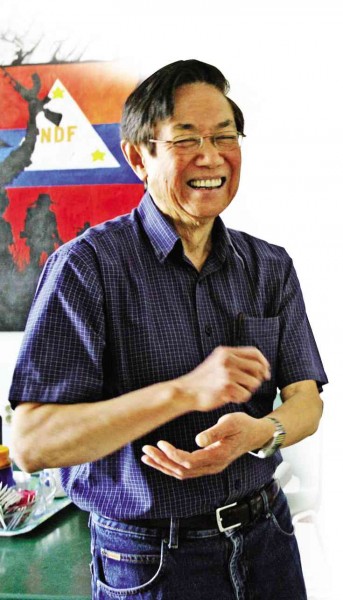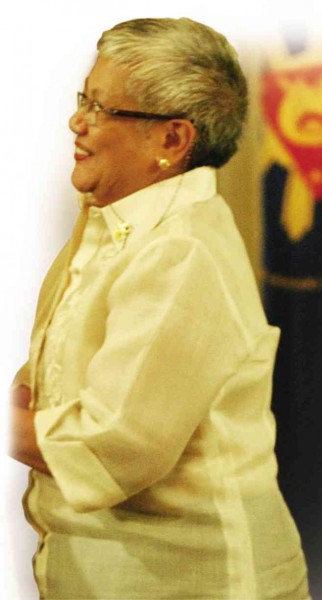Fast facts on peace talks
Nov. 27, 1986
Date of the first peace negotiation between the government and the National Democratic Front (NDF). They agreed to a 60-day ceasefire from Dec. 10, 1986 to Feb. 8, 1987.
The NDF honored the agreement but later declared withdrew from formal peace talks on the day of the Mendiola massacre on Jan. 22. Maria Serena Diokno, who was on the government panel, later clarified reports that the Mendiola massacre did not cause the breakdown of the peace talks.
Article continues after this advertisement4,000
Estimated strength of the New People’s Army, from a peak of more than 26,000 in the late 1980s, according to the military. In contrast, the Armed Forces of the Philippines is 124,000 strong, as of December 2014.
At least 40,000
Article continues after this advertisementPeople, including civilians, killed in the armed conflict since the Communist Party of the Philippines (CPP) was established in 1968, according to government figures.
9
Initial bilateral agreements reached. These include:
The Hague Joint Declaration in 1992, which stated that the root causes must be addressed and that no precondition should be made in the peace talks so as not to negate the inherent purpose of the negotiations.
Joint Agreement on Safety and Immunity Guarantees in 1995, which binds both parties to guarantee the security of negotiators, consultants and personnel of the parties engaged in the peace talks.
The Comprehensive Agreement on Respect for Human Rights and International Humanitarian Law in 1998, which acknowledges that the application of principles of human rights and international humanitarian law is a necessity in the prolonged armed conflict in the Philippines.
7
Reported issues in deadlock. Along with a final peace deal, issues in deadlock are the release of detained communist insurgents, declaration of a longer ceasefire, reaffirmation of all signed agreements, reconvening of the joint monitoring committee of the Comprehensive Agreement on the Respect for Human Rights and International Humanitarian Law, implementation of the Jasig and confidence-building measures.
1
Norway has been the lone third-party facilitator, brokering and holding peace talks since 2001. Peace talks have been held in The Hague in The Netherlands and Brussels in Belgium. A series of informal meetings have also been held in Hong Kong.
6
Number of negotiators on the government panel last chaired by Alexander Padilla, a human rights lawyer and former health undersecretary. Members were Ednar Gempesaw Dayanghirang, Jurgette Honculada, Efren Moncupa, Maria Lourdes Tison and Teresita Quintos-Deles, presidential adviser on the peace process.
On the NDF side were Luis Jalandoni, chair of the NDF panel; CPP founder Jose Maria Sison, chief consultant of the NDF, as well as detained CPP chair Benito Tiamzon and his wife Wilma tagged as “peace consultants.”
Inquirer Research
Sources: Inquirer Archives, oppap.gov.ph, “Lost in Time: From Birth to Obsolescence: The Communist Party of the Philippines Book II”


















